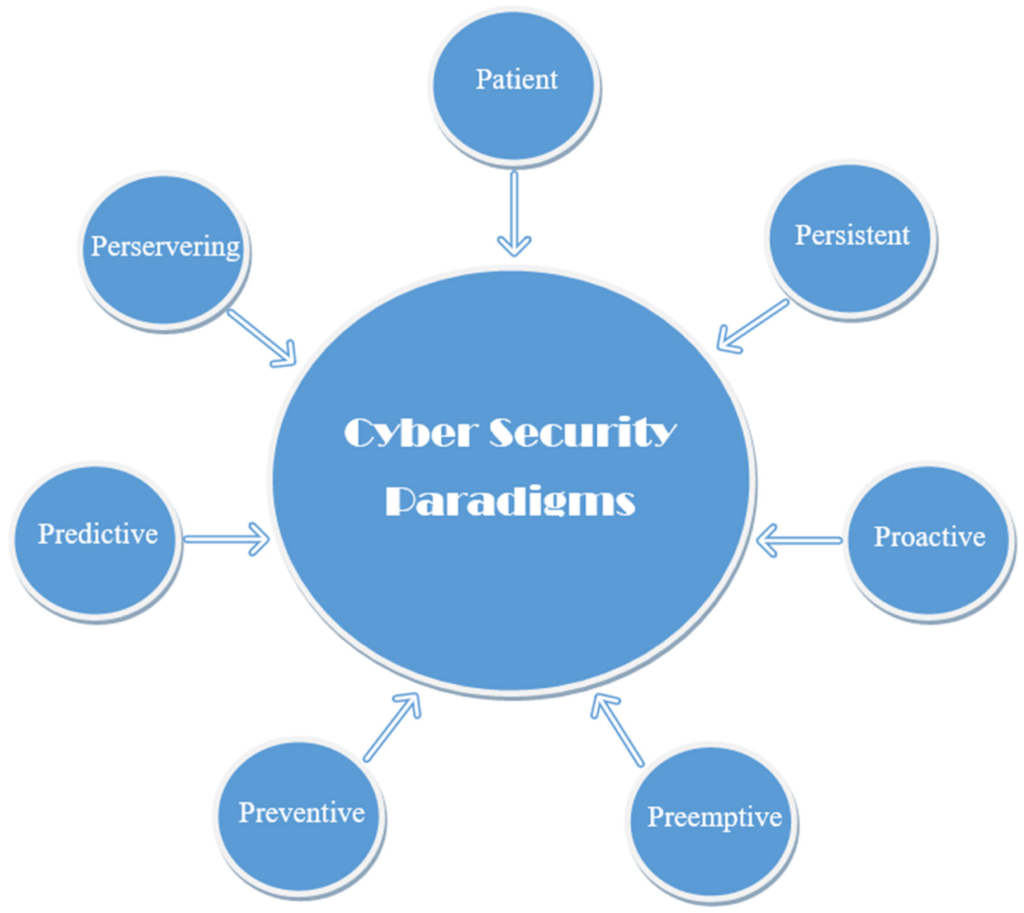Understanding the Threat Landscape
The modern digital world is a dynamic and complex environment filled with both opportunities for growth and risks of cyber threats. Today, digital infrastructures are more interwoven with business operations than ever, offering unprecedented efficiencies and capabilities. However, this integration also exposes organizations to a myriad of cyber threats, challenging them to safeguard their systems constantly. As global digital transformation accelerates, so does the sophistication and frequency of cyber attacks. Companies are increasingly recognizing the significance of efficient cybersecurity monitoring and consultation services in navigating these challenges safely. Alarmingly, experts predict that cybercrime damages could cost the global economy an astounding $10.5 trillion annually by 2025. This underscores the urgent need for enterprises to adopt strategic measures that enhance their resilience and ensure the security of their data and infrastructure.
The Evolution of Cyber Threats
Cyber threats have evolved dramatically from the simple viruses and basic malware of the past to complex and targeted attacks that can swiftly debilitate organizations. Modern threats such as ransomware, phishing schemes, and advanced persistent threats (APT) are particularly pernicious, each employing sophisticated techniques that often outwit traditional defenses. Ransomware, for example, encrypts an organization’s data, demanding a ransom for the decryption key, and disrupts operations until demands are met. Phishing attacks, on the other hand, cleverly exploit human psychology, tricking users into revealing confidential information. Advanced persistent threats involve long-term, covert cyber intrusion campaigns often conducted by well-resourced attackers. Staying updated with the latest threat vectors, therefore, becomes not just advantageous but critical to defending digital assets effectively. Comprehensive reports and studies, such as those archived on InformationWeek, provide invaluable insights into these threats. They stress the necessity for organizations to understand evolving cyber risks, which in turn allows them to bolster their defenses against sophisticated cyber-attacks.
Developing a Robust Cybersecurity Framework
Establishing a robust cybersecurity framework is essential for organizations aiming to manage and mitigate cyber risks effectively. With the increasing complexity of threats, a one-dimensional approach to security is no longer sufficient. A comprehensive framework must integrate prevention, detection, and response strategies, aligning with an organization’s unique needs and operational risks. The importance of adopting a layered security strategy is emphasized by the Cybersecurity & Infrastructure Security Agency (CISA), which provides guidelines on structuring multi-tiered defenses. Such an approach can act like multiple checkpoints within an organization’s network, each one capable of thwarting unauthorized access attempting to breach the system. This setup fortifies the organization’s digital perimeter and enhances its ability to weather attempted intrusions, thereby reinforcing overall cyber resilience. Through the implementation of proactive strategies, including sophisticated encryption techniques, continuous network surveillance, and endpoint security, organizations can establish a strong framework that not only deters cyber threats but also ensures the confidentiality, integrity, and availability of essential assets.
Integrating Advanced Technologies
Advanced technologies are pivotal in modern cyber defense strategies, equipping organizations with the necessary tools to detect, analyze, and neutralize threats effectively. By incorporating cutting-edge technologies, businesses can transform their cybersecurity posture from reactive to proactive. The following are key technological advancements at the forefront of threat management:
- Machine learning and artificial intelligence (AI): Enable cybersecurity systems to process staggering volumes of data, helping to pinpoint anomalies and uncover threats that may otherwise go undetected. These technologies continuously learn and adjust, enhancing their efficacy in detecting emerging threats. Sophisticated AI models can simulate attacks, identifying potential vulnerabilities in cybersecurity defenses and allowing organizations to address these weak points proactively.
- Blockchain: Blockchain technology offers unparalleled security for transaction recording and data verification processes. Its decentralized structure makes data tampering virtually impossible, establishing a transparent and immutable audit trail. This capability is particularly beneficial in verifying the integrity of data and ensuring safe transactions amid the growing trend of digital finance and e-commerce.
Regular Security Audits and Assessments
Conducting regular and thorough security audits and assessments is crucial for identifying vulnerabilities and weaknesses in an organization’s cybersecurity framework before they can be exploited. These systematic evaluations provide tangible insights, allowing organizations to remediate potential security gaps and strengthen security measures appropriately. Security audits assess a company’s compliance with industry regulations and standards, ensuring that all necessary protective measures are in place. As emphasized by thought leaders on Forbes, comprehensive audits significantly reduce the risk of cyber incidents by constantly advancing the organization’s understanding of its security landscape. They motivate the continuous adaptation and improvement of security protocols, which is vital for maintaining a resilient cybersecurity posture in today’s threat-filled environment.
The Role of Employee Training
Employees are integral to the cybersecurity framework of any organization; however, they are frequently perceived as the most vulnerable point by cyber attackers. Implementing security awareness training is essential for providing employees with the requisite knowledge and skills to identify and address potential threats, including phishing emails, dubious hyperlinks, or requests for unauthorized information. Conducting regular training sessions guarantees that all employees remain well-informed about the most current security protocols and possible attack techniques, enabling them to engage proactively in the organization’s defense strategy. Moreover, fostering a culture of cybersecurity awareness empowers employees to report issues promptly, minimizing the potential for an attack to escalate into a significant breach. Establishing regular drills and refresher courses keeps cybersecurity practices at the forefront of employees’ minds so they remain vigilant against evolving threats.
Incident Response Planning
Despite the best preventative efforts, no organization is entirely immune to cyber incidents. As such, a comprehensive incident response plan is paramount to ensuring that an organization is well-prepared to combat breaches effectively. An effective plan defines clear roles and responsibilities, enabling a swift and organized response in the wake of an incident. Organizations can enhance their response strategies and reduce disruption during a breach by implementing established communication protocols and engaging in regular training exercises. An efficient incident response plan not only mitigates potential damages but also facilitates faster recovery, maintaining business continuity and preserving customer trust. Such preparedness is instrumental in reducing the overall impact of cyber incidents, preserving the organization’s reputation, and ensuring compliance with regulatory obligations.
Collaboration and Information Sharing
In the continuously changing realm of cybersecurity, the cooperation and exchange of information between organizations serve as significant assets in combating advanced cyber threats. By participating in industry coalitions, forums, and alliances, businesses can exchange insights on emerging threats, share best practices, and co-develop innovative defense strategies. This collaborative approach fosters a resilient cybersecurity community that can collectively respond to and mitigate threats, enhancing the overall security framework across industries. Moreover, participating in information-sharing networks provides timely intelligence on potential threats, allowing organizations to adapt their defenses and align with industry standards promptly. This shared vigilance can expedite the identification of new threats, prevent the spread of cyber attacks, and collectively uphold a safer digital environment for all stakeholders, creating a unified front to safeguard digital assets globally.






